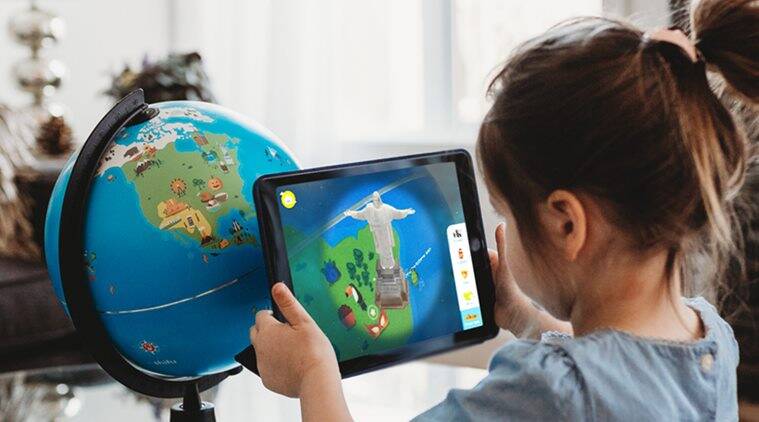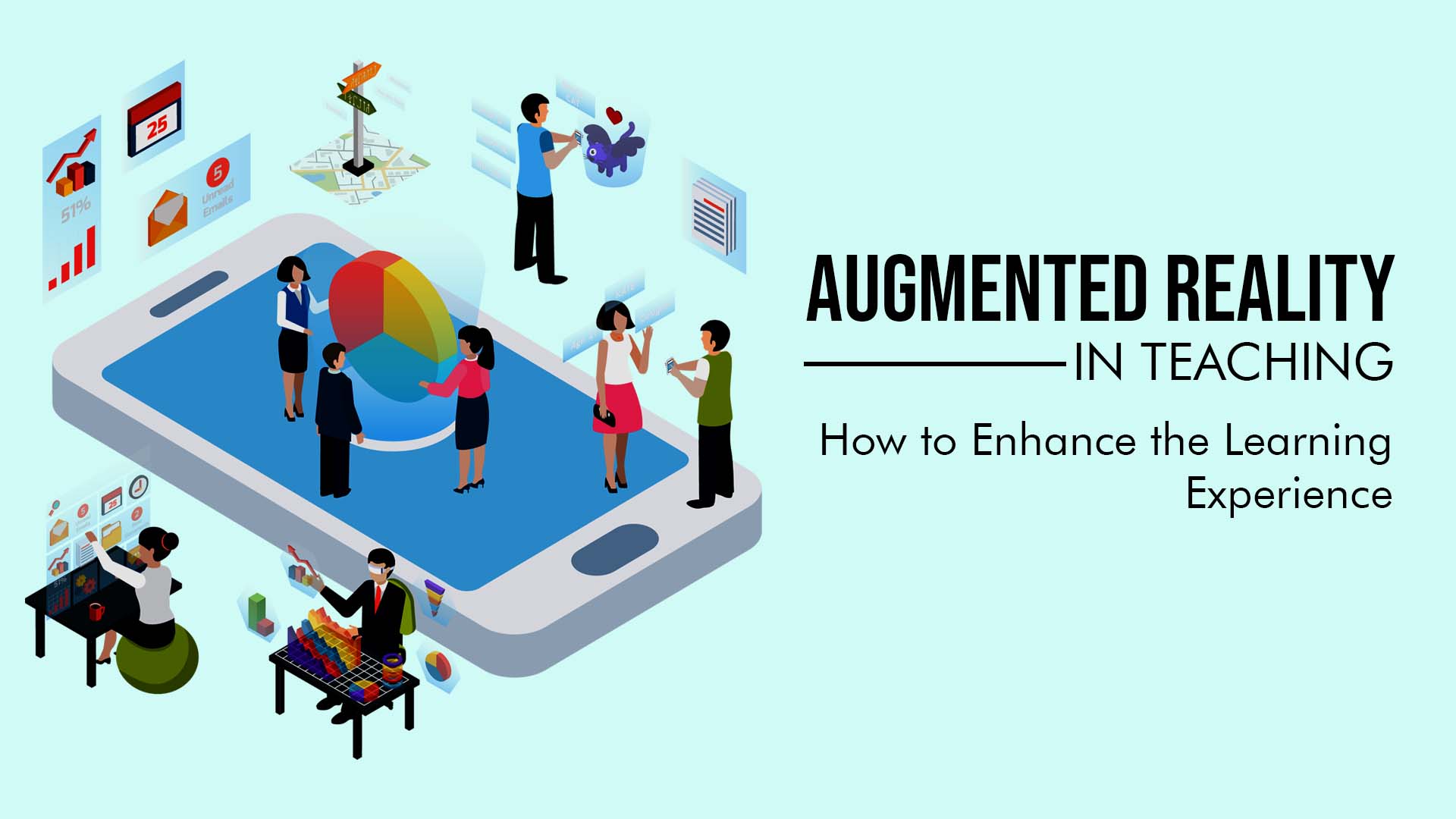Augmented reality (AR) is a technology that superimposes computer-generated images, videos, or animations on the real world, creating an interactive and immersive experience. This technology has revolutionized the way we see the world and is now being used in many fields, including education. In this blog, we'll explore the ways AR can be used in teaching to enhance the learning experience for students of all ages.
Bring abstract concepts to life
One of the most significant advantages of AR is that it makes abstract concepts come to life. For example, when teaching about the human anatomy, students can use AR to explore the different parts of the body, see how they function, and even perform virtual surgeries. With AR, students can visualize complex scientific and mathematical concepts, making them easier to understand.
Make learning interactive and fun
AR technology is highly interactive and engaging, making it an excellent tool for keeping students interested in the subject matter. With AR, students can participate in interactive games and simulations, allowing them to explore the subject in a fun and engaging way. This interactive experience is more memorable than simply reading or watching a lecture, helping students retain information better.
Enhance field trips and museum visits
Field trips and museum visits can be greatly enhanced with the use of AR. For example, students visiting historical sites can use AR to view what the area looked like in the past and learn about the history of the location. Museums can use AR to display information about exhibits, making the experience more interactive and engaging.

Encourage collaboration and teamwork
AR can be used to encourage collaboration and teamwork among students. For example, students can work together on virtual projects, such as building a virtual city, exploring a virtual world, or solving a virtual puzzle. This type of collaboration helps students develop critical thinking and problem-solving skills, as well as strengthen their teamwork abilities.
Increase student motivation and engagement
Finally, AR technology can increase student motivation and engagement. By using AR in the classroom, students are more likely to be interested in the subject matter and to participate actively in class. This increased engagement can lead to improved grades and better performance overall.
In conclusion, the integration of technology, particularly augmented reality, in education has the potential to revolutionize the way students learn. It provides new opportunities to engage and motivate students, bringing abstract concepts to life and making learning interactive and fun. This is why obtaining a Master of Arts in Education with a focus on Teaching Technology is an excellent choice for anyone who wants to stay ahead of the curve in the field of education.
Here is a list of ten augmented reality websites that teachers can use in the classroom:
Quiver Education
- an AR education platform that helps bring learning to life by combining coloring pages with augmented reality technology.
AR Elements
- a web-based AR platform that allows teachers to create and share AR content, including 3D models and interactive quizzes.
ThingLink
- a platform that allows teachers to create interactive images and videos with AR overlays.
Aurasma
- a popular AR platform that enables teachers to create and share AR experiences, including videos and images.
Zspace
- a virtual and augmented reality platform that provides a hands-on learning experience for science, math, and engineering concepts.
STEMfie
- a web-based AR platform that allows teachers to create and share interactive AR lessons and assessments in STEM subjects.
Layar
- a popular AR platform that enables teachers to create and share AR content, including images, videos, and 3D models.
ARIS
- a platform for creating and sharing augmented reality games and stories for education.
ARGO
- an AR platform that allows teachers to create interactive and engaging learning experiences for students.
AR-media
- a platform that provides teachers with a range of AR tools for creating educational content, including 3D models, animations, and quizzes.
Note
: These websites are listed in no particular order and are just a selection of many different augmented reality platforms available for educational use.
By completing a program like Master of Arts in Education with Teaching Technology, educators will be equipped with the latest knowledge and skills to incorporate technology into their teaching practices, creating a more engaging and effective learning experience for their students. The Master of Arts in Education with a focus on Teaching Technology will provide the foundation needed to effectively integrate AR and other cutting-edge technologies into the classroom.
So, if you're an educator looking to stay ahead of the curve in the rapidly changing world of education, now is the time to take the next step. Consider obtaining a Master of Arts in Education with a focus on Teaching Technology and start integrating AR and other cutting-edge technologies into your teaching practices today.
Key Takeaways:
-
AR technology superimposes computer-generated images on the real world, creating an interactive and immersive experience
-
AR can be used to make abstract concepts come to life, making them easier to understand
-
AR is highly interactive and engaging, making it an excellent tool for keeping students interested in the subject matter
-
AR can enhance field trips and museum visits, making the experience more interactive and engaging
-
AR can increase student motivation and engagement, leading to improved grades and better performance overall.
Written By : Victoria Lewis

